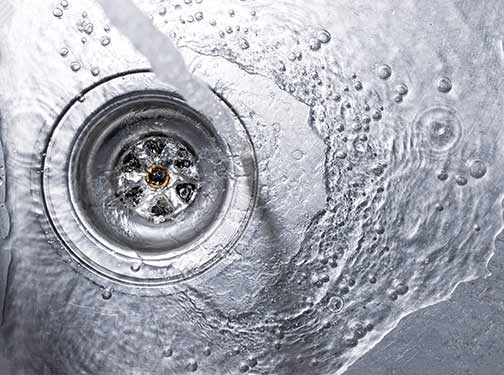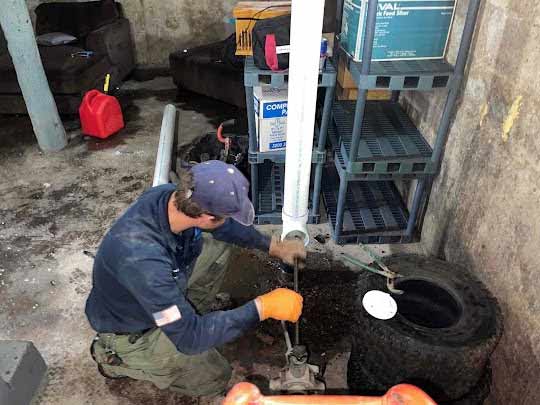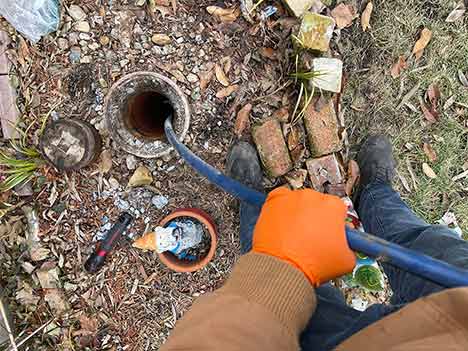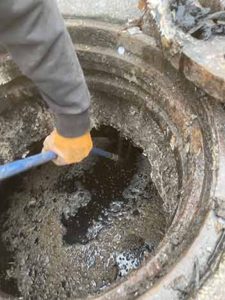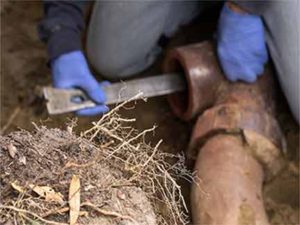How Clogging Leads to a Sewer Backup- A sewer backup is the most disgusting drainage problem you can ever have in your home. Every year, tens of thousands of homeowners find themselves dealing with this issue in their homes. Yet, in most cases, sewer backups can be prevented if the problem is detected on time.
What is a sewer backup?
Most homes have a sewer line that carries wastewater from the sinks, drains, and toilets in the home to the main sewer lines beneath the streets. A sewer backup happens when the contents of this sewer line backflow into your home instead of flowing into the main sewer lines.
When this happens, all the content of the sewer line (including raw sewage) will start coming up inside the home via the floor drains, toilets, and sinks. A sewer backup releases foul-smelling unsanitary water into the house, causing untold problems for the home’s inhabitants, warns Compass Property Management.
What causes a sewer backup?
Sewer backups happen due to clogs inside a home’s sewer lines. Clogs make it impossible for wastewater to pass through the drainpipes. Having nowhere to go, and as more water is added from the house, the sewer line eventually fills up and spills its contents into the home.
There are many reasons why your home’s sewer lines may become clogged. Some of these reasons are outside your control because they result from natural events. But most sewer line clogs are caused by misuse of your home’s drains or failure to maintain the sewer lines properly.
Here are a few ways drain clogs can cause sewer backups:
Non-flushable items inside the drains
The only thing that should be flushed into your home’s toilets is toilet paper. When items like wipes, feminine hygiene products, fabric, dental floss, or so-called flushable products enter the toilet, they can block the sewer line.
Hair can also block your sewer line if it gets into sink and shower drains. Soap scum is another major cause of drain clogs. It forms when soap and minerals inside hard water come into contact. Soap scum becomes a hard lining on drainpipe inner surfaces.
Cooking oil and grease buildup
A major cause of sewer line blockage is cooking oil or grease buildup inside drainpipes. Fats, oils, and grease (FOG) congeal into a hard mass as they cool inside the sewer line. This hard, sticky mass can directly block the channel or stick to the surface of the pipe.
Once in place, the greasy lining will start to trap debris until the diameter of the pipe narrows to a point where water can no longer flow freely. If this situation is not reversed, it can culminate in a sewer backup.
Use of chemical drain cleaners
Chemical drain cleaners can dissolve the clogs inside your sewer lines. But while they remove clogs in the short term, they also cause long-term damage to sewer lines. That’s because cleaners contain caustic chemicals.
These chemicals are responsible for the corrosive nature of cleaners that allows them to eat away the clog inside the pipes. The problem is that the chemicals can also weaken the drainpipe, causing sections to collapse, thereby blocking the pipe.
Old pipes
If a sewer line has old pipes, it is more susceptible to clogs, and the risk of sewer backups in the home will be greater. This is particularly true for sewer lines made of clay or metal pipes because those start to degrade as soon as they are buried in the ground.
Long terms exposure to moisture, from within and without, eventually causes the pipes to leak or even collapse. If the surrounding soil finds its way into the pipe, it can result in the sewer backing up into the home.
Earth movements
The soil around a sewer line can cause it to become clogged if that soil moves in a way that alters the position of the pipes. Upward or downward movements in the soil can change the level of the sewer line and make it difficult for water to flow freely.
If the water inside the pipe is forced to slow down, it will deposit debris in that pipe section. This can continue until enough dirt accumulates in that lowered pipe section to block it and cause a sewer backup.
Tree roots
Tree roots may pierce a sewer line and block it. Most times, this happens due to small leaks in the pipe, which attract the attention of tree roots. To access the nutrient-rich water inside the pipe, the tree roots break into the sewer line and block it. Tree roots can also block a sewer line by growing over or above it and moving it out of place. This creates a depression inside the pipe, where debris is dumped until the entire sewer line is blocked.
